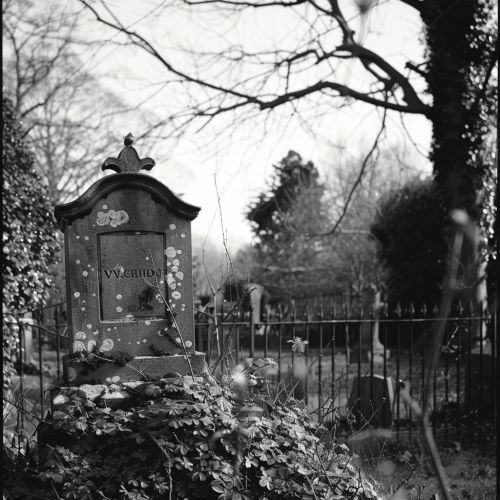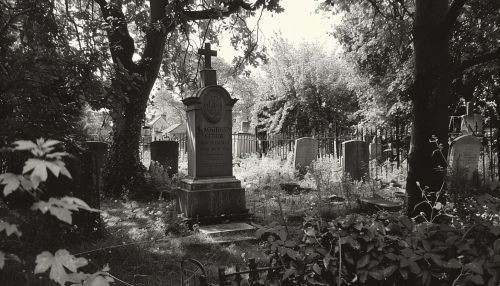V. Gordon Childe
Early Life and Education
Vere Gordon Childe was born on 14 April 1892 in Sydney, Australia. His father, the Reverend Stephen Henry Childe, was a second-generation Anglican cleric of the Church of England. His mother, Harriet Eliza, was the daughter of a pioneer and was known for her strong-mindedness. Childe was their only child, born when they were in their late forties. He attended the Sydney Church of England Grammar School, where he excelled academically, showing a strong interest in literature and history.
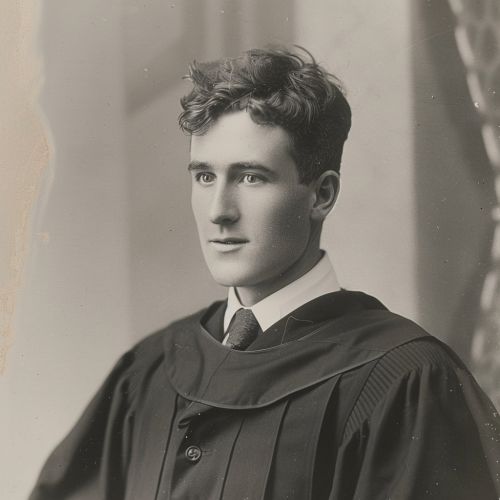
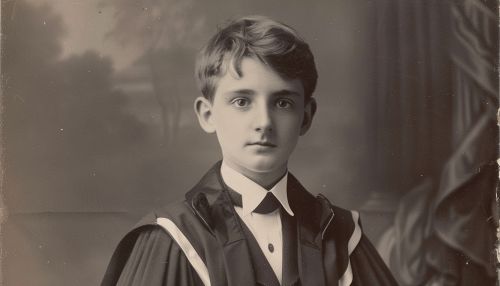
In 1911, Childe began studying classics at the University of Sydney, where he developed an interest in archaeology. He graduated with first-class honours in 1914. He then travelled to England to study at Queen's College, Oxford, where he was awarded a second-class honours degree in literae humaniores (classics) in 1917.
Career and Contributions
Childe's career in archaeology began in earnest after World War I. He worked as a private secretary to the Australian politician John Storey before moving to London in 1921 to work as an assistant at the Royal Anthropological Institute. In 1925, he was appointed to the Abercromby Chair of Archaeology at the University of Edinburgh, where he would remain until 1946.
During his tenure at Edinburgh, Childe made significant contributions to the field of archaeology. He developed the concept of an "archaeological culture", a theoretical construct defining a specific time period or geographical area based on the material culture found there. This concept was a significant departure from the traditional view of archaeology as a purely descriptive discipline, and it paved the way for the development of processual archaeology in the 1960s.
Childe was also a pioneer in the field of prehistoric archaeology, particularly in the study of European prehistory. He is perhaps best known for his two major syntheses of European prehistory, "The Dawn of European Civilization" (1925) and "The Most Ancient East" (1928). These works, which combined archaeological evidence with historical and anthropological theories, were instrumental in establishing the study of prehistory as a serious academic discipline.
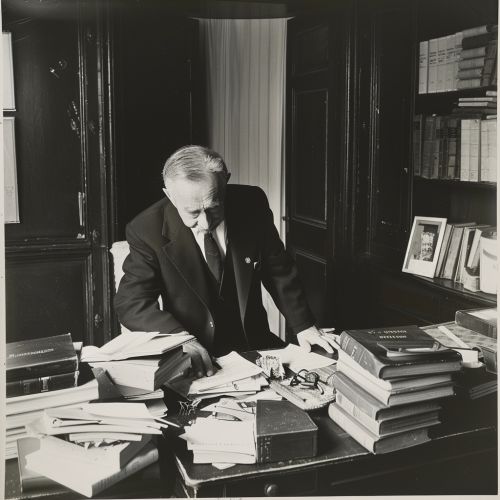
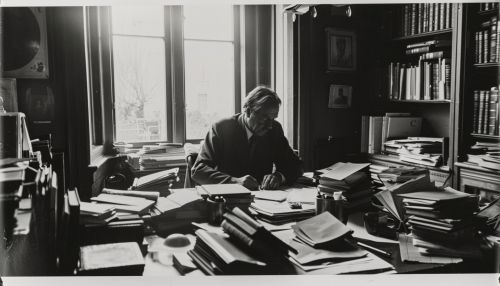
In addition to his academic work, Childe was also politically active. He was a committed socialist and wrote extensively on the relationship between archaeology and politics. His most famous work in this area, "Man Makes Himself" (1936), argued that technological and social progress were the result of human agency rather than divine intervention or natural evolution.
Later Life and Legacy
Childe retired from his position at the University of Edinburgh in 1946 and returned to Australia. He continued to write and publish extensively, and his later works, including "What Happened in History" (1942) and "The Prehistory of European Society" (1958), continued to influence the field of archaeology.
Childe died on 19 October 1957 in the Blue Mountains, near Sydney. His death was ruled a suicide, and he was buried in the small cemetery at Blackheath.
Childe's legacy in the field of archaeology is significant. His theoretical contributions, particularly his concept of the archaeological culture and his emphasis on the role of human agency in social change, continue to influence the discipline. His syntheses of European prehistory remain standard texts, and his work is still widely read and cited.
